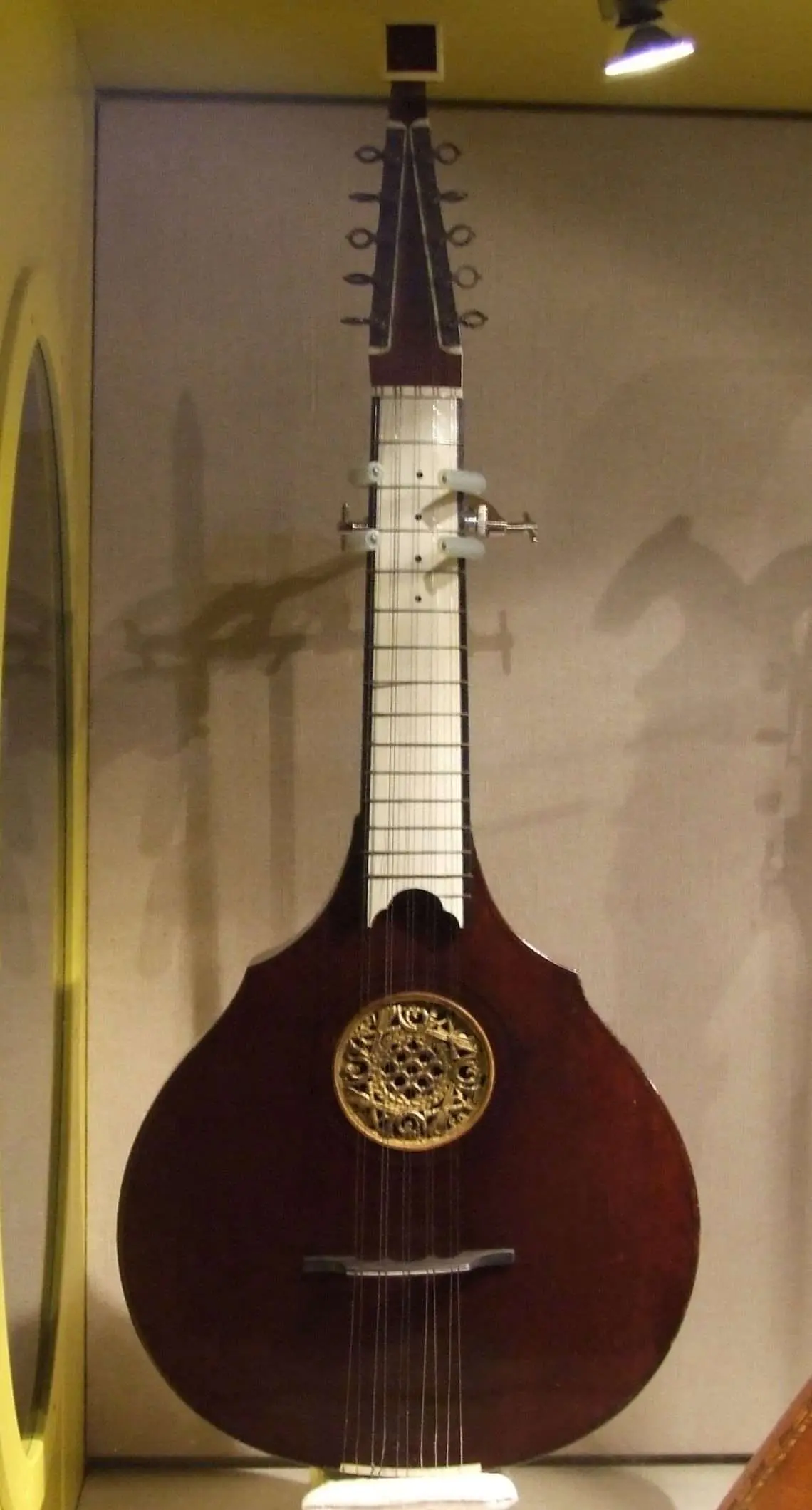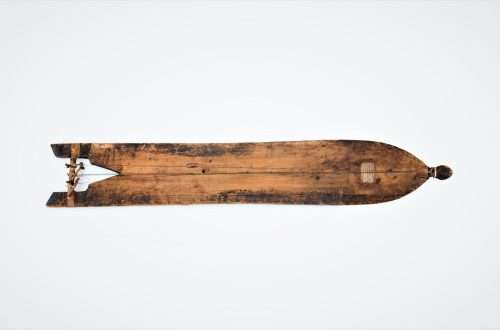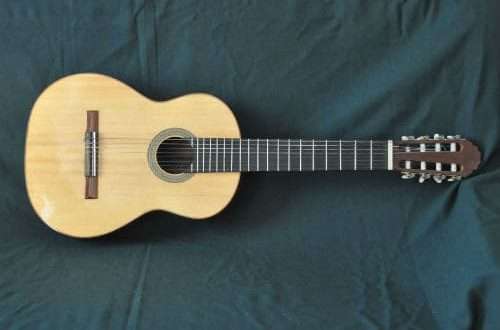
English guitar: instrument design, history, use
The English guitar is a European musical instrument. Class – plucked string, chordophone. Despite the name, it belongs to the cistern family.
The design largely repeats the more popular Portuguese version. The number of strings is 10. The first 4 strings are paired. The sound was tuned in repeated open C: CE-GG-cc-ee-gg. There were variations with 12 strings tuned in unison.
The guitar from England influenced the later Russian guitar. The Russian version inherited a similar setting with duplicate notes in open G: D’-G’-BDgb-d’.
The history of the instrument began at the end of the XNUMXth century. The exact place and date of invention is unknown. It was most widely used in England, where it was called “cittern”. It was also played in France and the USA. The French called it guitarre allemande.
The English cistra has become known among amateur musicians as an easy-to-learn instrument. The repertoire of such musicians included dance compositions and revised versions of popular folk songs. Academic musicians also drew attention to the English cistra. Among them are the Italian composers Giardini and Geminiani, as well as Johann Christian Bach.





